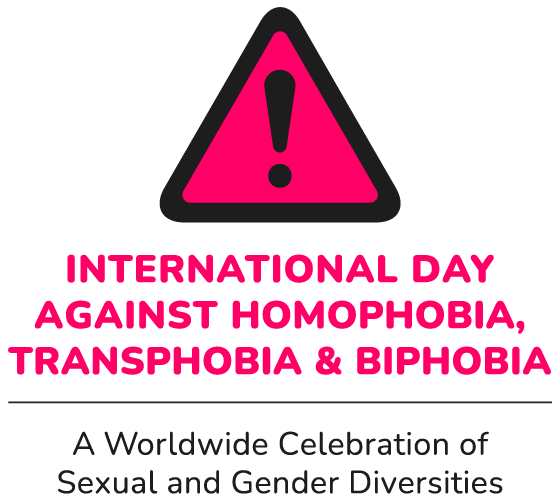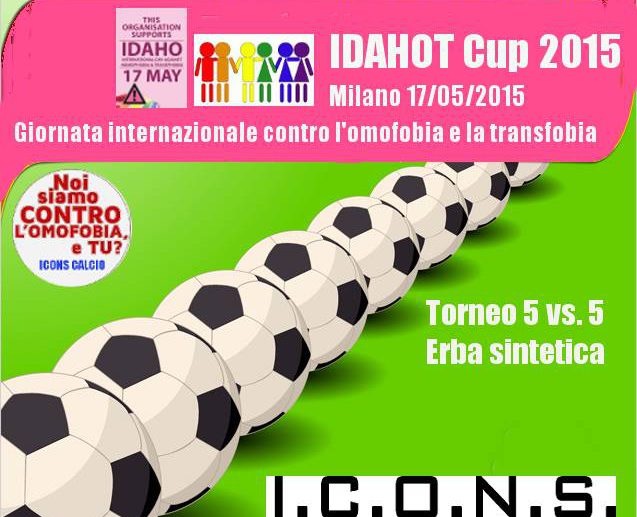Next IDAHOT-May 17 will put a particular global focus on LGBTI youth.
World Aids Day today certainly also provides an important opportunity to draw our attention to the very specific issues that young LGBT experience in the face of HIV.
Indeed, many factors increase the vulnerability of young LGBTI people:
Direct factors include
Lack of information
Assumptions from healthcare professionals that patients are heterosexual and information that is not inclusive of different sexual orientations or gender identities can exclude LGBTQI youth and deny them access to the information and support they require to maintain health and wellbeing and access appropriate treatment.
Information website are censored or blocked, even in context with relative acceptance of sexual and gender diversities, due to the fact that LGBT or HIV-related content is blocked as being pornographic. Other prevention tools and strategies, along with condom use, such as pre-exposure prophylaxis, serosorting, strategic positioning, etc. are still being demonised in many places due to stigma against HIV, people living with HIV, and sex in general
For LGBTQI youth, a lack of information or people to talk to about sexual health can contribute to unsafe sexual behaviors and attitudes. Along with self-stigma and discrimination, it can also lead to unwillingness to have regular check-ups
The requirement of parental consent often blocks young people who are not out with their families to seek health care advice. Even buying condoms can prove a challenge, generating unsurmountable fears of being outed.
Social exclusion
Many YMSM are dependent on family that may not understand or accept their sexuality, putting them at greater risk of losing housing or financial support. Loss of stable housing has been associated with increased HIV risk behaviors, including exchange of sex for money, unprotected sex, and needle sharing, as well as lower health-related outcomes for people living with HIV
Minority stress
The stresses created by stigma, inequality and harassment can cause LGBTQI people to be at a heightened risk of psychological distress. This is often referred to as minority stress, a term used to describe the mental health consequences of stigmatisation, social exclusion, discrimination and harassment of minority groups.
These consequences include lifelong trauma, self-stigma, low self-esteem and depression, substance abuse, self-harm, and a series of health impacts, amongst which the heightened vulnerability to HIV infection.
Access to prevention services
A 2012 report by the Global Forum on MSM and HIV examined levels of access to a variety of HIV prevention services, including condoms, lubricants, HIV testing, HIV treatment, MSM-focused sex education, HIV education materials for MSM, and HIV risk reduction programs for MSM. While access to services was low for all MSM, the proportion of YMSM reporting easy access was significantly lower than older MSM across all categories of service measured.
Stigma and discrimination
Unsurprisingly, many studies confirm that stigma and discrimination is perceived by youngLGBTI people as the major drivers of their vulnerability to AIDS.
Indeed, many conferences, reports and discussions reaffirm that HIV will only be effectively curbed if homophobia and transphobia are seriously addressed. And there is a rising conscience that this is not only because it drives LGBTI people into risky behaviors, or denies them access to information, prevention and treatment. But also because homophobia and transphobia underline a climate of machismo, violence and self-harm, which is the main single direct driver of HIV transmission among heterosexuals.
December 1 and May 17 have many reasons to coexist and reinforce each other!


